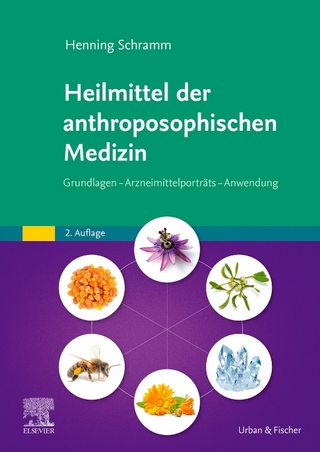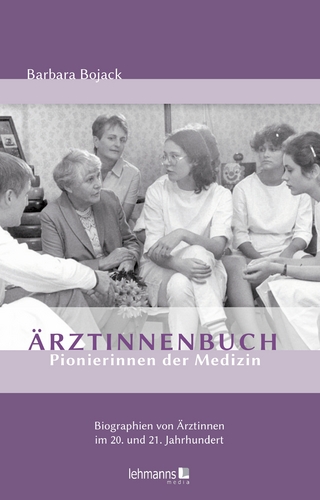
Dosage
A Guiding Principle for Health Communicators
Seiten
2013
Rowman & Littlefield (Verlag)
978-1-4422-2124-6 (ISBN)
Rowman & Littlefield (Verlag)
978-1-4422-2124-6 (ISBN)
Dosage: A Guiding Principle for Health Communicators uses “dosage” as a metaphor to help all healthcare professionals apply basic communication principles to their work.
After a general overview of communication and its paramount importance in the health care setting, J. David Johnson, a professor of communications and former media research analyst for the U.S. Information Agency and author of five previous books, outlines the best practices for
·Interpersonal communication in health care relationships, including that between physician and patient. He answers questions such as “How Much Do I Reveal and When?”;
·Interprofessional teams, including teamwork, interdependence, stress and burnout, and communication in decision-making;
·Mass Media, including searching for information and gaps in knowledge;
·Knowledge diffusion and dissemination;
·Change in communication, including social media;
·Health information technology and how to handle the flood of communications we receive today.
Johnson effectively expands his metaphor of dosage, detailing its many elements (amount, frequency, delivery system, sequencing, interaction with what other agents, and contraindications) as well as discussing the use and limits of metaphor generally. He explicitly addresses the following contexts: interpersonal communication, with a focusing on health professional-client interactions; inter-professional teams; mass media that are increasingly important for broader approaches to public health; how change is adopted and implemented within health care organizations and individuals; and the new technologies for health communication.
The book’s final chapter turns to broader policy issues raised by application of the metaphor of dosage as well as detailing its implications for methods of communication research. It concludes with a discussion of how dosage can serve as a bridging metaphor to close the gap between researchers and practitioners which is fundamental to clinical and translational science.
After a general overview of communication and its paramount importance in the health care setting, J. David Johnson, a professor of communications and former media research analyst for the U.S. Information Agency and author of five previous books, outlines the best practices for
·Interpersonal communication in health care relationships, including that between physician and patient. He answers questions such as “How Much Do I Reveal and When?”;
·Interprofessional teams, including teamwork, interdependence, stress and burnout, and communication in decision-making;
·Mass Media, including searching for information and gaps in knowledge;
·Knowledge diffusion and dissemination;
·Change in communication, including social media;
·Health information technology and how to handle the flood of communications we receive today.
Johnson effectively expands his metaphor of dosage, detailing its many elements (amount, frequency, delivery system, sequencing, interaction with what other agents, and contraindications) as well as discussing the use and limits of metaphor generally. He explicitly addresses the following contexts: interpersonal communication, with a focusing on health professional-client interactions; inter-professional teams; mass media that are increasingly important for broader approaches to public health; how change is adopted and implemented within health care organizations and individuals; and the new technologies for health communication.
The book’s final chapter turns to broader policy issues raised by application of the metaphor of dosage as well as detailing its implications for methods of communication research. It concludes with a discussion of how dosage can serve as a bridging metaphor to close the gap between researchers and practitioners which is fundamental to clinical and translational science.
J. David Johnson is a professor in the Department of Communication at the University of Kentucky.
List of Figures and Tables
Chapter 1: Introduction and Overview
Chapter 2: Definition and the Use of Metaphor
Chapter 3: Interpersonal
Chapter 4: Interprofessional Teams
Chapter 5: Mass Media
Chapter 6: Diffusion and Dissemination
Chapter 7: Change
Chapter 8: Health Information Technology
Chapter 9: Summing Up
References
| Verlagsort | Lanham, MD |
|---|---|
| Sprache | englisch |
| Maße | 158 x 236 mm |
| Gewicht | 404 g |
| Themenwelt | Medizin / Pharmazie ► Medizinische Fachgebiete ► Medizinethik |
| Medizin / Pharmazie ► Pflege | |
| ISBN-10 | 1-4422-2124-0 / 1442221240 |
| ISBN-13 | 978-1-4422-2124-6 / 9781442221246 |
| Zustand | Neuware |
| Haben Sie eine Frage zum Produkt? |
Mehr entdecken
aus dem Bereich
aus dem Bereich
Grundlagen, Arzneimittelporträts, Anwendung
Buch | Hardcover (2024)
Urban & Fischer in Elsevier (Verlag)
69,00 €
Biographien von Ärztinnen im 20. und 21. Jahrhundert
Buch | Softcover (2024)
Lehmanns Media (Verlag)
16,95 €


